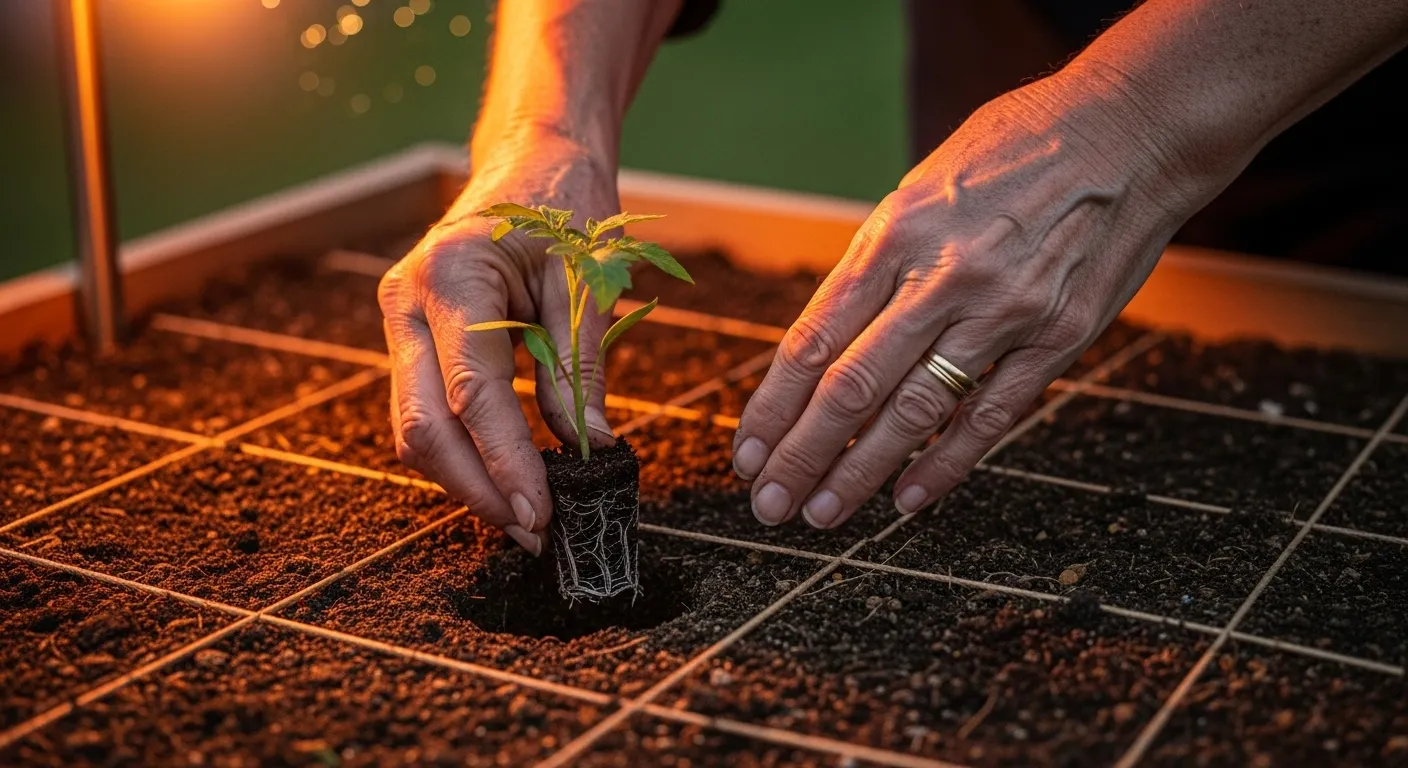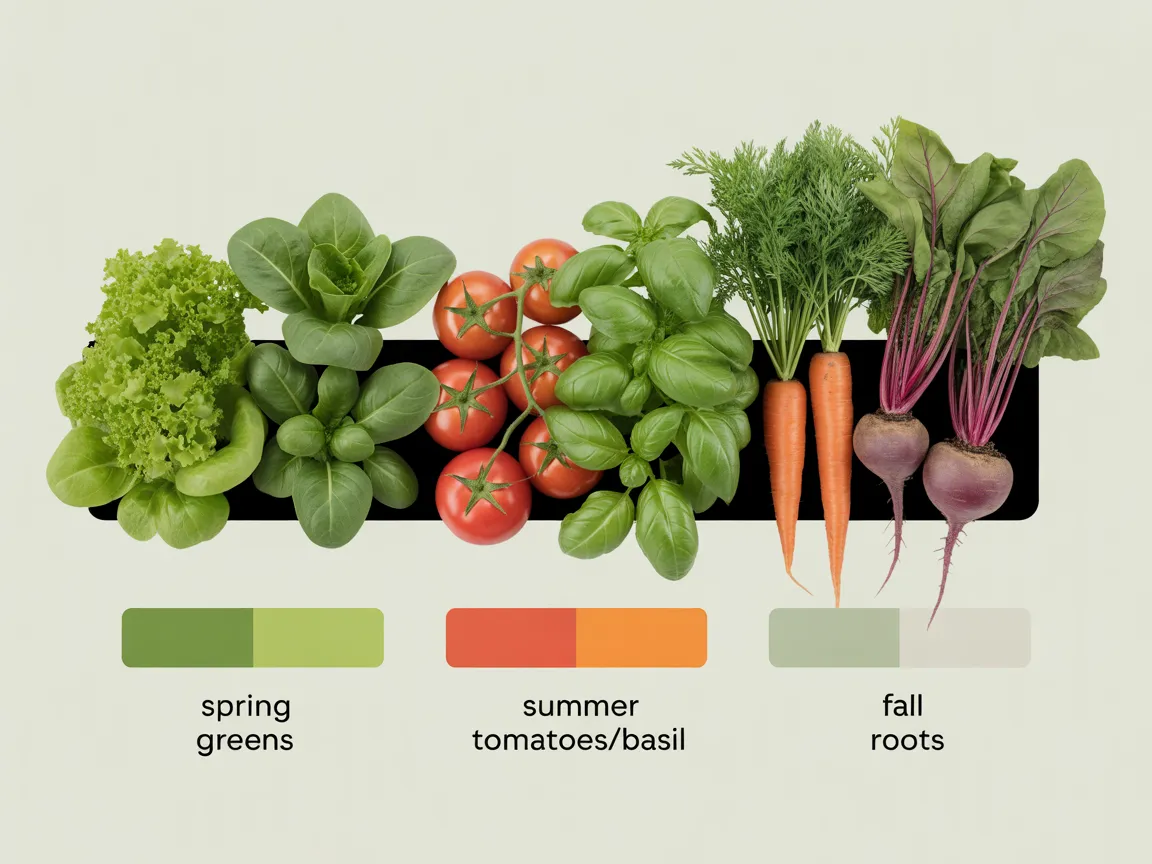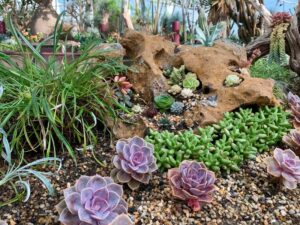
Create a Productive Planting Plan
A small raised bed can produce a surprising amount of food. A smart planting plan maximizes space and extends your harvest season.
Choose Appropriate Plants
Select plants suited to your region. Check the USDA Plant Hardiness Zone Map to understand your local climate. Choose compact or “bush” varieties of vegetables like tomatoes, cucumbers, and zucchini. These types grow well in confined spaces. Integrate flowers like sweet alyssum and marigolds into your bed. They attract beneficial insects and pollinators, which are crucial for fruiting vegetables like squash and peppers.
Use Intensive Spacing
The square foot gardening method is perfect for raised beds. Divide the surface of your bed into a grid of 1×1 foot squares. Plant a specific number of plants in each square based on their mature size. For example:
- 1 plant per square: Tomato, pepper, eggplant.
- 4 plants per square: Lettuce, basil, Swiss chard.
- 9 plants per square: Bush beans, spinach, onions.
- 16 plants per square: Carrots, radishes.
This method prevents overcrowding while maximizing your growing area. Always follow the spacing recommendations on your seed packets or plant tags.

Practice Succession Planting
Succession planting keeps your garden productive from spring through fall. As soon as one crop is harvested, you plant another in its place. A simple succession plan looks like this:
- Spring: Plant cool-season crops like spinach, radishes, and lettuce as soon as the soil is workable.
- Summer: When you harvest the spring crops, replace them with heat-loving plants like tomatoes, peppers, and basil.
- Fall: After the main summer harvest, plant cool-season crops again. Good options for fall are kale, carrots, and garlic. The garlic will overwinter for a harvest next summer.















